About 4,200 years ago, horseback riding allowed people to travel farther and faster than ever before, spurring migration throughout Europe and Asia.
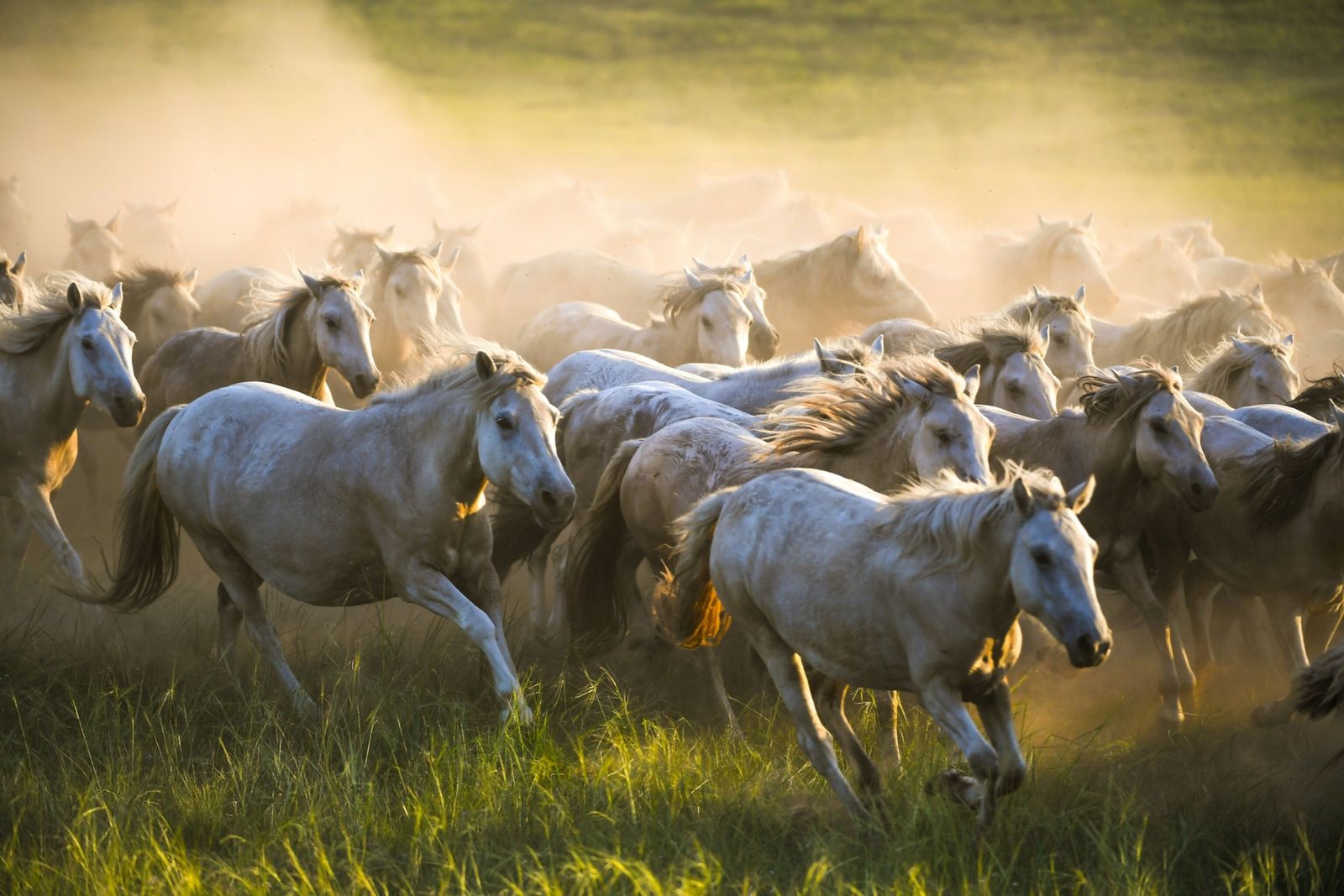
For thousands of years, horses have played critical roles in human societies around the world. These equines helped early farmers plow their fields, transported people farther and faster, and gave warriors a competitive edge in battle. But experts have long puzzled over the deceptively simple question of where domestic horses actually came from.
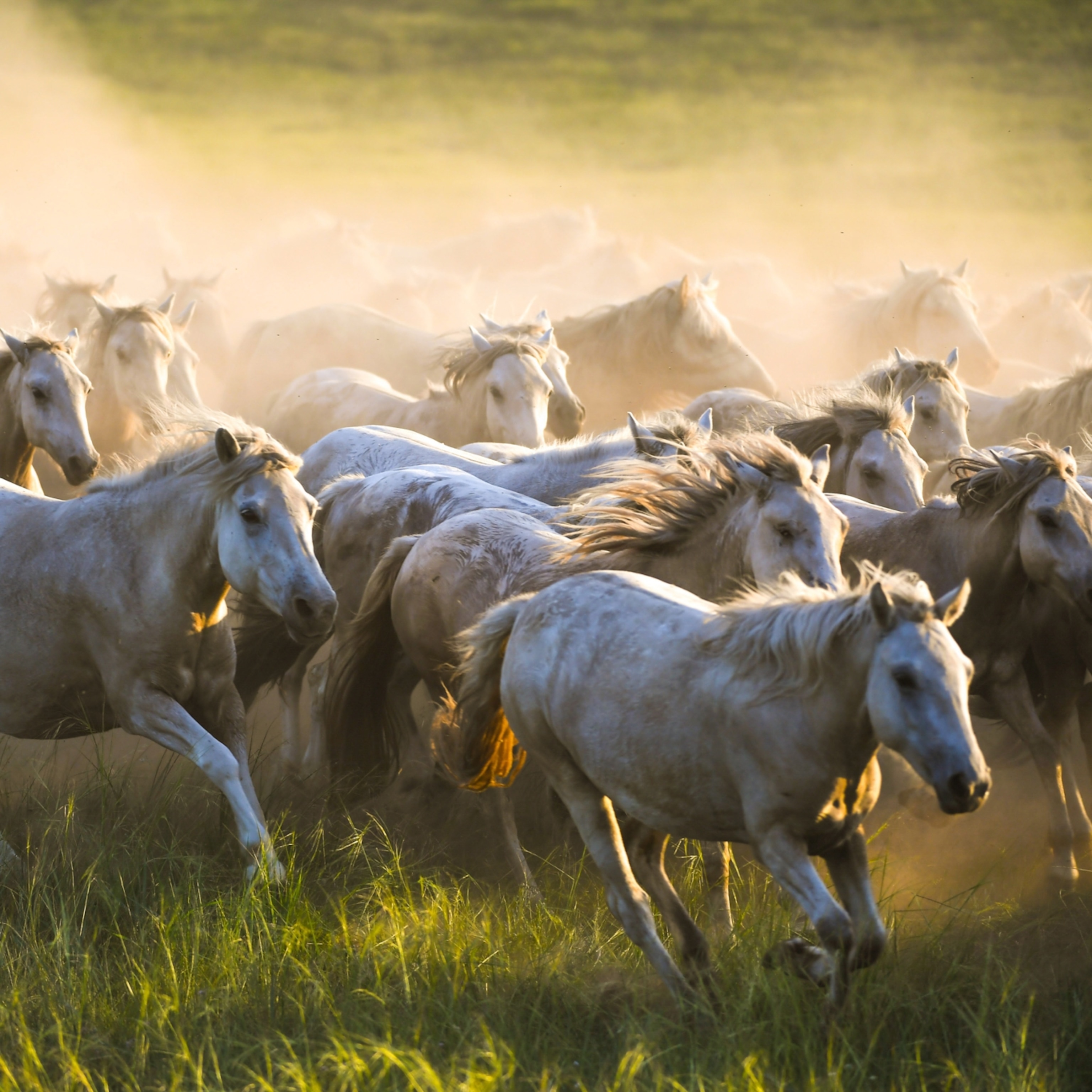
It took a two-continent collaboration among over a hundred scientists to home in on the answer: southern Russia.
The discovery provides strong evidence that of three main locations in contention—Anatolia, Iberia, and western Eurasian steppes—the last is likely the birthplace of modern domestic horses, Equus caballus.
Study leader Ludovic Orlando, a molecular archaeologist at University Paul Sabatier in Toulouse, France, and colleagues reconstructed ancient horse genomes from ancient horse skeletons found in sites ranging from Portugal to Mongolia.
One region in southern Russia, near the intersection of the Volga and Don Rivers, stood out. The cattle-herding region already had indirect archaeological evidence of horse domestication, but the new DNA research now shows that modern domestic horses can be traced to equines living here between 4,700 and 4,200 years ago.
Because people in the Volga-Don region bred horses for domestication and quickly began migrating to new places with them, this new line of horses soon spread from western Europe to eastern Asia and beyond.
The migration “was almost overnight,” says Orlando, whose study was published on October 20 in Nature. “This was not something that built up over thousands of years.”
“As they expanded, they replaced all the previous lineages that were roaming around Eurasia,” he says. The domestic horse we know today “is the winner, the one we see everywhere, and the other types are sort of the losers.” (Learn how horses communicate with one another.)
What’s more, horseback riding and horse-drawn war chariots, which were common a few hundred years after the equines’ domestication, changed the power dynamics between societies and likely further spurred the spread of the new horse.
Building a better horse
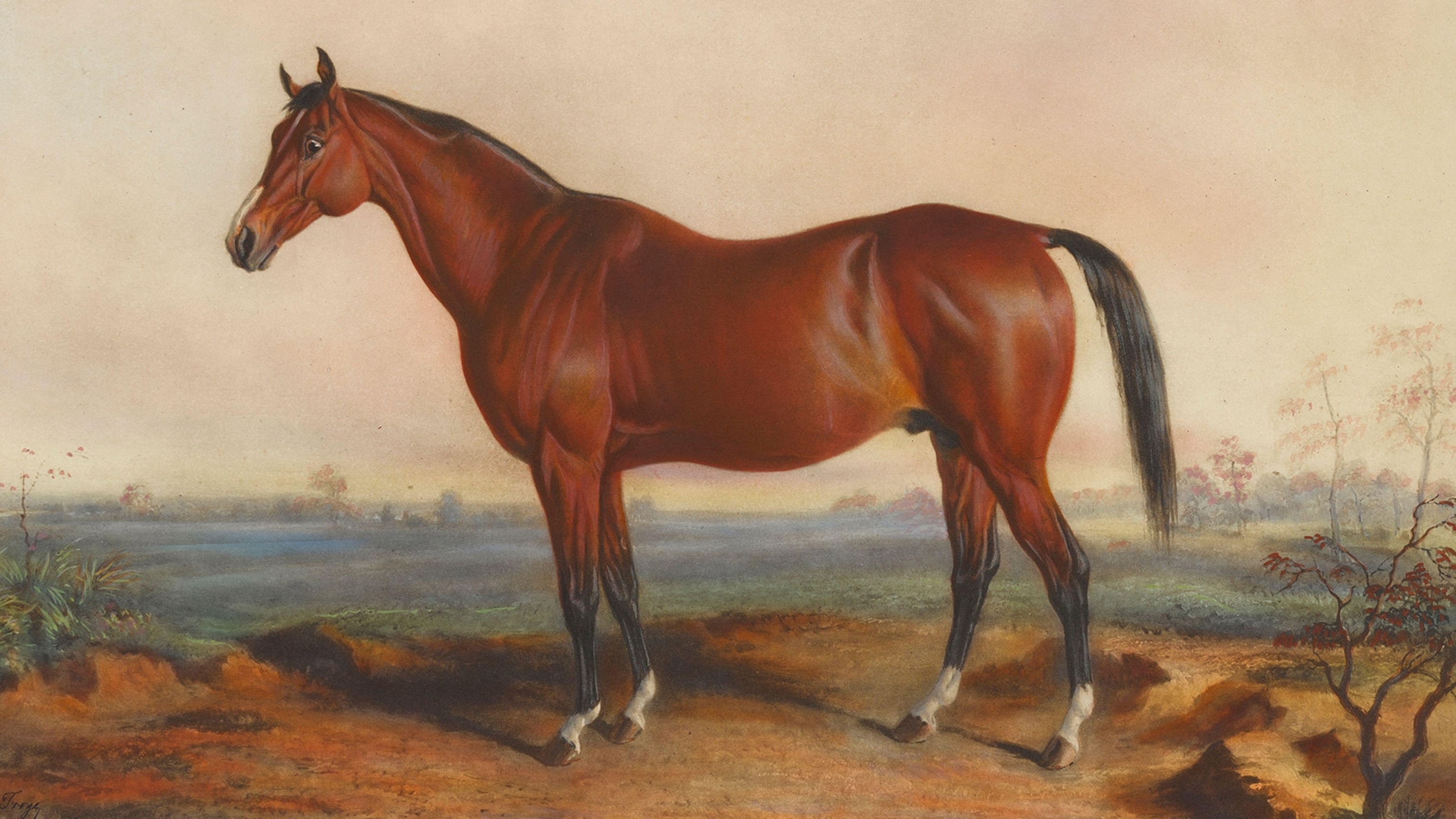
In Bronze Age Europe and Asia, about 5,000 to 4,200 years ago, people were probably domesticating horses. E. caballus evolved from short, horse-like grazers that roamed North American grasslands as early as the Eocene epoch (which began about 56 million years ago) and crossed over the Bering land bridge during the last ice age.
Archaeological and historical records suggest that quite suddenly, around 4,200 years ago, horse populations mysteriously shot up across Eurasia. Was climate change expanding grasslands and giving horses more habitat? Were people across the world breeding herds at the same time? Or did these domesticated horses share a common source?
Only in the last decade or so has the technology to test ancient DNA from preserved materials such as bones and hair become finely honed enough to investigate such broad questions.
For their research, Orlando and an international team of bone collectors scoured museums and archaeological sites, ultimately gathering enough material to test 273 individual genomes from horse remains found across Europe and central Asia. By comparing the overall composition of the genomes across time and space, they were able to map out when and where horses’ gene pools evolved. (Read about wild horses and their shrinking population in the American West.)
The genetic maps revealed a wide diversity among domesticated horses before about 5,000 years ago, which soon narrowed as humans began selectively breeding the animals for traits such as endurance, docility, and the ability to bear human weight—creating genetic tweaks that led to the horse we know today.
THE PEOPLE OF THE HORSE
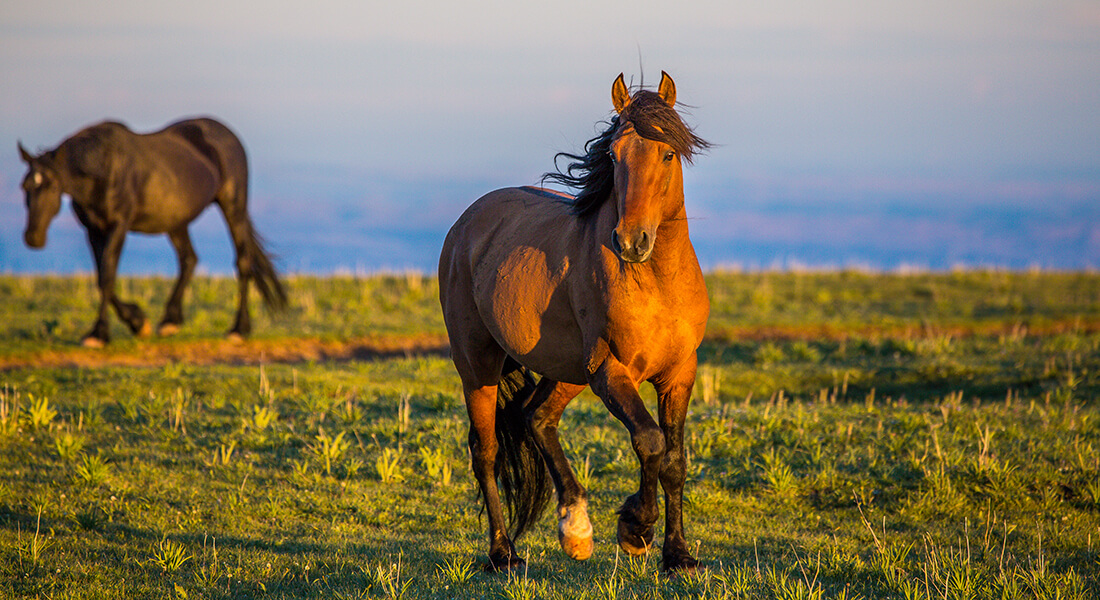
Horses changed life on the Great Plains forever, shaping everything from hunting methods to social status. For Native Americans today, horses endure as an emblem of tradition and a source of pride, pageantry, and healing.
The study “finally provides genetic evidence from horses that lived in the relevant [time frame] and the right region,” says Vera Warmuth, a biologist at Ludwig-Maximillans University of Munich, in Germany, whose research models identified Volga-Don as a potential source for horse domestication over a decade ago.
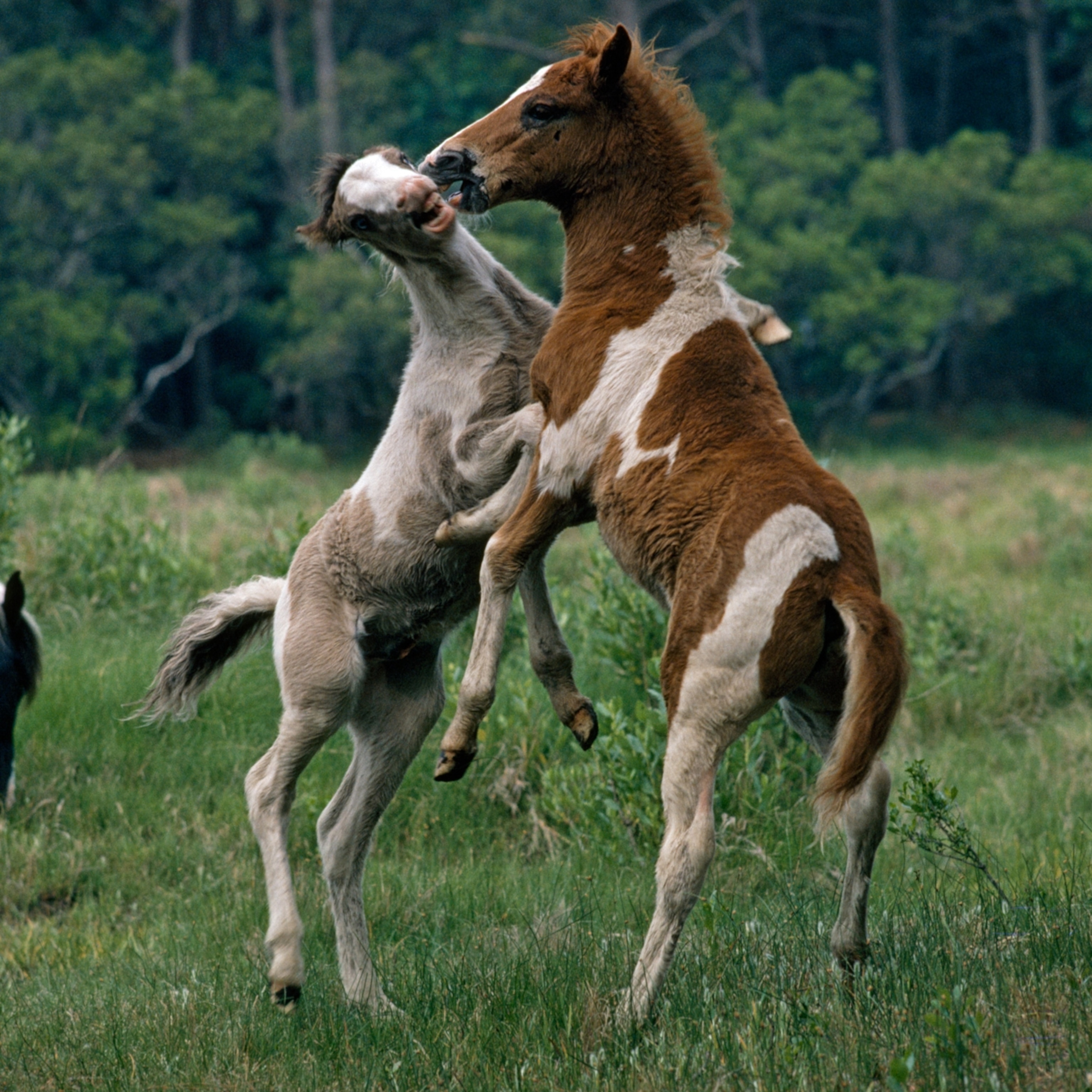
“Our own work predicted a rapid spread out of this area, and this is what this paper also suggests,” Warmuth wrote in an email.
Communities across Eurasia already familiar with horses could have accelerated the expansion of the Volga-Don horse, says Kate Kanne, an archaeologist at the U.K.’s University of Exeter who was not involved in the study.
“I think it happened quickly because those infrastructures were already in place, and at least some people had knowledge of horse husbandry,” Kanne says.
As domesticated horses spread following the Bronze Age, humans traveled longer distances than ever before, leading to increased trade and transfer of knowledge between societies, as well as mobility. And when people moved, they brought their horses with them, Orlando says. (Read how horses and dogs share a language of play.)

He calls it “the first experiment of globalization. The world became smaller, simply because we had the horse.”
For instance, some of the earliest evidence of horse domestication comes from the Bronze Age Sintashta culture in southern Russia, where the discovery of horse remains along, with ancient wheels, hint at the equines’ importance for transportation. Not only that, but the timing of human genomic evolution in parts of Eurasia closely mirrors that of horses.
“The history of humans is wrapped up in horse DNA,” Kanne says. The relationship between people and their horses is “really interesting to me… it tells the story of both our species in DNA.”

